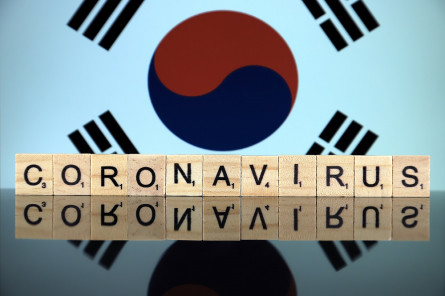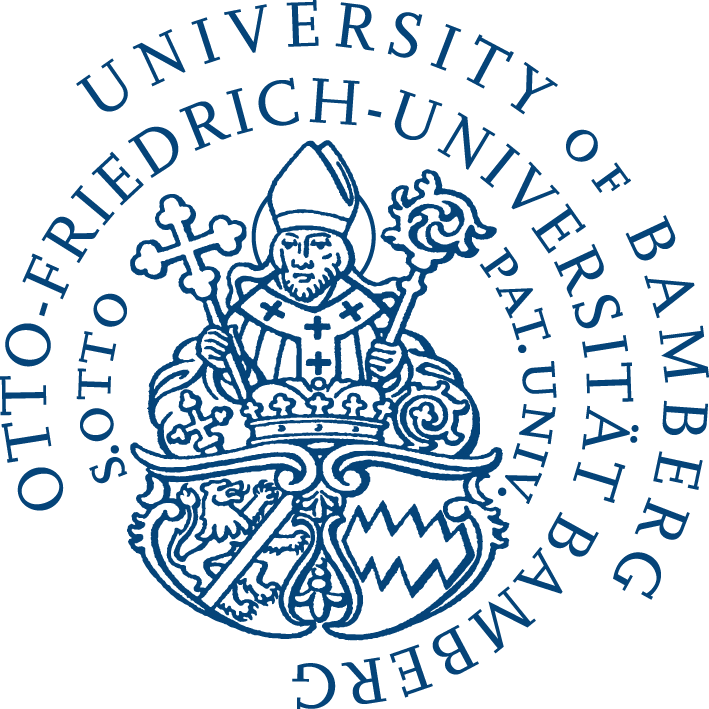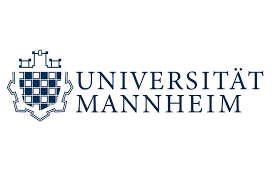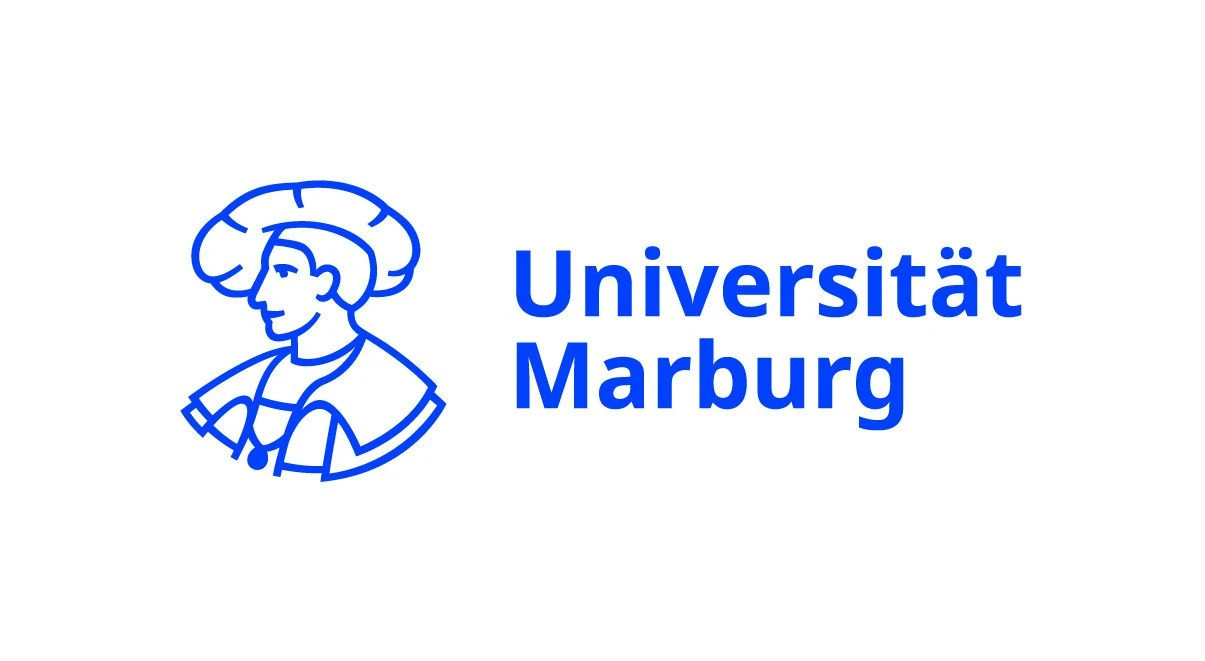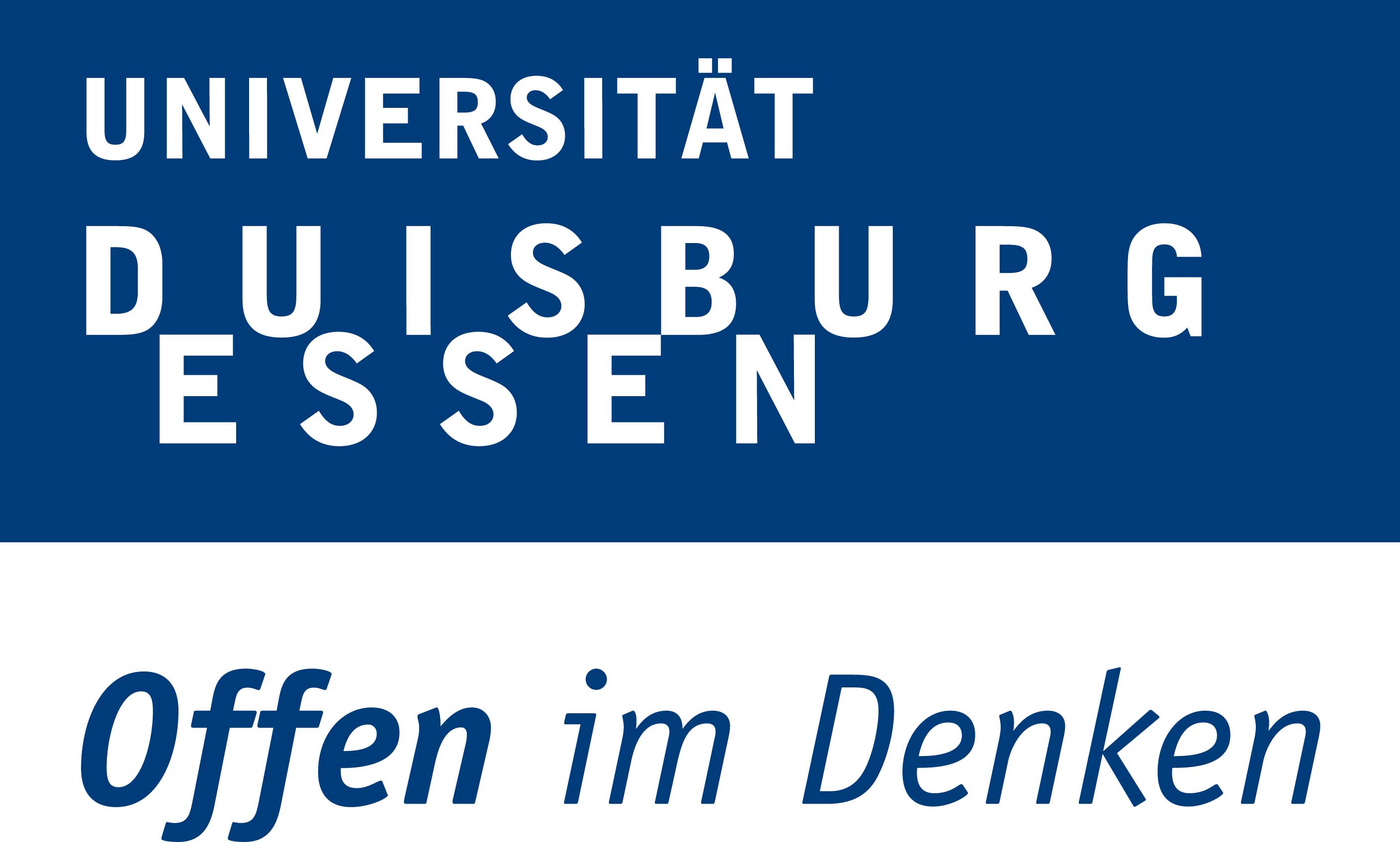"Pandemic has the potential to lead to a consolidation of South Korea’s welfare state"
In order to mitigate the economic and social consequences of the pandemic and the global economic downturn, South Korea adopted financial stimulus package through four rounds of supplementary budgets, Shim writes in his report. The first budget proposal specified that the money would be spent on supporting small-size merchants, stabilizing people’s livelihoods, supporting the travel/tourism industries or hard-hit regions. The second budget features the issuing of a national bond and providing an emergency disaster subsidy to all households. The third budget paid particular attention to hard-hit industries and support for youths. The fourth budget prioritized supporting the hitherto marginalized parts of society, e.g. subsidizing remote education costs for middle school students, increasing equity between beneficiaries, e.g. between corporate and private taxi drivers, or increasing the budget for vaccine development.
2020 for the first time since 2004, more than one supplemental budget was needed, Shim writes. Interestingly, these supplemental budget proposals were passed quickly and in great unity – with 95% agreement on average.
"In addition to the swift and bipartisan social policies South Korea enacted in response to the Covid-19 pandemic", Shim writes, "there have been two signs that the country can take advantage of this crisis to further consolidate its welfare state."
- First, he mentions the "Korean New Deal", that President Moon Jae-in unveiled in July 2020. This ambitious plan consists of three pillars - Digital Society, Sustainability and Social Policy. Regarding social policy, the New Deal aims at "i) gradually extending the coverage of unemployment insurance from 14 million workers in 2015 to 21 million by 2025, ii) expanding work injury coverage from the current nine categories to 14 categories (as a result of including agency workers), and iii) introducing a national employment support system from which those below 50% of median income can receive job-seeking service support as well as an allowance", Shim writes.
- Second, Shim points to the welfare diffusion from the local to the national level. He mentiones the example of the “Youth Universal Basic Income” which was rolled out in the Gyeonggi Province in April 2020, providing KRW 1 million per year towards youth born between 1995 and 1996 regardless of their or their parents’ income levels. It remains unclear, whether this scheme will be adopted in other regions or on the national level in the future. But the idea of unconditionality was already applied on the national level in late April 2020, when the emergency disaster subsidy was provided to all households, although initially designed only for the lowest 70% income households.
"Judging by the country’s previous experience of turning 'a crisis' into 'an opportunity' for welfare expansion, the current pandemic has the potential to lead to a consolidation of South Korea’s welfare state", Jaemin Shim concludes in his report.
Read the full essay: South Korea’s Social Policy Response to Covid-19: Swift and Bipartisan Attempts
See the other parts of the series: CRC 1342 Covid-19 Social Policy Response Series
